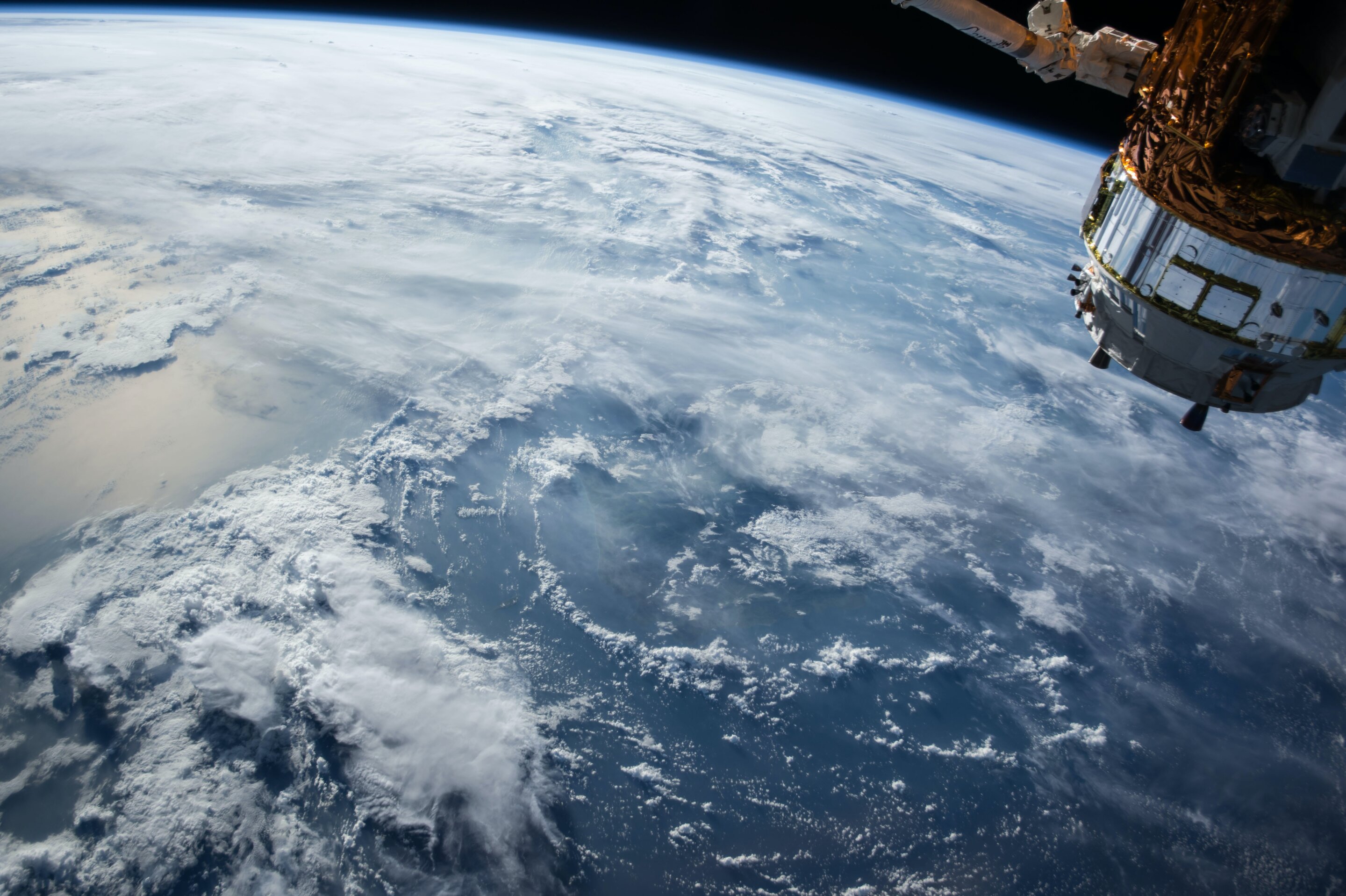

An artistic representation of the surface of Venus. Credit: Shutterstock
We can learn a lot about climate change from Venus, our sister planet. Venus currently has a surface temperature of 450 ℃ (the temperature of a furnace’s self-cleaning cycle) and an atmosphere dominated by carbon dioxide (96 percent) with a density 90 times that of Earth.
Venus is a very strange place, totally uninhabitable, except perhaps in the clouds some 60 kilometers up, where the recent discovery of phosphine may indicate floating microbial life. But the surface is totally inhospitable.
However, Venus probably once had an earthly climate. According to recent climate models, for much of its history, Venus had surface temperatures comparable to today’s Earth. It probably had oceans, rain, maybe snow, maybe continents and plate tectonics, and more speculatively, maybe even surface life.
Less than a billion years ago, the climate changed dramatically as a result of a runaway greenhouse effect. It can be speculated that an intense period of volcanism pumped enough carbon dioxide into the atmosphere to cause this major climate change that evaporated the oceans and caused the end of the water cycle.
Evidence of change
This hypothesis of the climate models inspired Sara Khawja, a master’s student in my group (co-supervised with geoscientist Claire Samson), to search Venusian rocks for evidence of this proposed climate change.
Since the early 1990s, my Carleton University research team – and more recently my Siberian team at Tomsk State University – has mapped and interpreted the geological and tectonic history of Earth’s remarkable sister planet.
Soviet Venera and Vega missions of the 1970s and 1980s landed on Venus and took photos and evaluated the composition of the rocks before the landers failed due to the high temperature and pressure. However, our most comprehensive view of the surface of Venus was provided by NASA’s Magellan spacecraft in the early 1990s, which used radar to see through the dense cloud layer and produced detailed images of more than 98 percent of Venus’s surface.
Ancient rocks
Our search for geological evidence of the great climate change event led us to focus on the oldest type of rocks on Venus, called tesserae, which have a complex appearance reminiscent of a long, complicated geological history. We thought these oldest rocks had the best chance of preserving evidence of water erosion, which is such an important process on Earth and should have happened on Venus before the great climate change.
Given the poor resolution elevation data, we used an indirect technique to try to identify ancient river valleys. We showed that younger lava flows from the surrounding volcanic plains had filled valleys in the edges of tesserae.
To our surprise, these tesserae valley patterns were very similar to the flow patterns of Earth’s rivers, leading to our suggestion that these tesserae valleys were formed by river erosion at a time with Earth’s climatic conditions. My Venus research groups at Carleton and Tomsk state universities study post-tesserae lava flows for geological evidence of transition to extremely hot conditions.

A portion of Alpha Regio, a topographic highland on the surface of Venus, was the first feature on Venus to be identified by a radar on Earth. Credit: Jet Propulsion Laboratory, NASA
Earth analogies
To understand how volcanism on Venus could cause such a climate change, we can look to Earth’s history for analogues. We can find analogies in super eruptions such as the last eruption at Yellowstone that took place 630,000 years.
But such volcanism is small compared to large igneous provinces (LIPs) that occur approximately every 20-30 million years. These eruptions could release enough carbon dioxide to cause catastrophic climate change on Earth, including mass extinctions. To give you an idea of scale, consider that the smallest LIPs produce enough magma to cover all of Canada to a depth of about 10 meters. The largest known LIP produced enough magma that would have covered an area the size of Canada to a depth of nearly five miles.
The LIP analogues on Venus include individual volcanoes up to 500 kilometers in diameter, vast lava channels that can be up to 7,000 kilometers long, and there are also associated rift systems – where the crust pulls apart – up to 10,000 kilometers long.
If LIP-like volcanism was the cause of the great climate change on Venus, could similar climate change happen on Earth? We can envision a scenario many millions of years into the future where multiple LIPs occurring randomly at the same time could cause Earth to experience such runaway climate change leading to conditions like present-day Venus.
The ancient layered, folded rocks of Venus point to volcanic origin
Provided by The Conversation
This article has been republished from The Conversation under a Creative Commons license. Read the original article.![]()
Quote: Venus resembled Earth again, but climate change made it uninhabitable (2020, December 14), retrieved December 15, 2020 from https://phys.org/news/2020-12-venus-earth-like-climate-uninhabitable . html
This document is protected by copyright. Other than fair treatment for the purposes of private study or research, no part may be reproduced without written permission. The content is provided for informational purposes only.